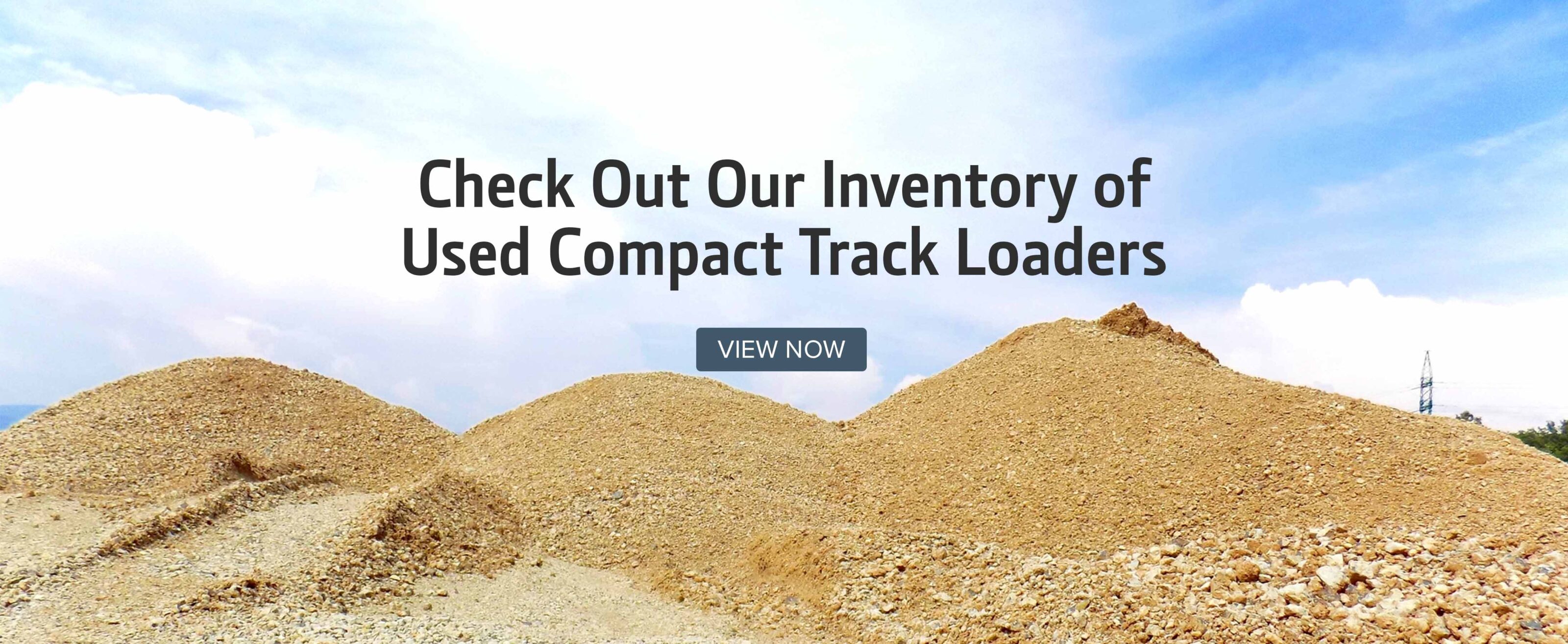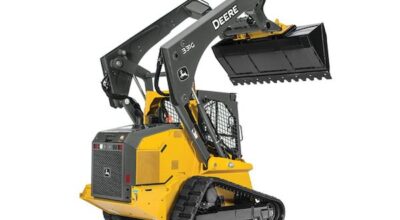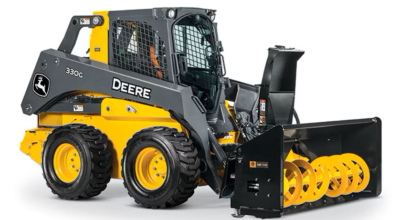Building arenas where professional horses and riders compete and train is no easy task. Drew Discount, the owner of Discount Dirtworks, knows this firsthand. “We bred horses on our family farm, so I grew up riding,” said Discount. “But then I got into dirt bikes. I raced motocross from 1993 to 2006 and used farm tractors to build tracks on our property.”
Today, Discount leads his company, which specializes in building and maintaining the show grounds that professionals use across the country – but he knows his job would be a lot tougher without a little help from John Deere.
Starting with a Strong Foundation
“We’re typically brought in early to help with the overall design of the property,” explains Discount. “Owners will ask for advice on paddock placements and additional site work since we have a background in construction management.”
At Discount Dirtworks, the staff is also well aware that in order to build a stable arena that will last, customers need a strong foundation.
“Draining and footing are key for the rings to operate as they should. Footing is what we call the final surface — it’s a high-quality, fine-grain sand blended with a geotextile fiber made from 100-percent polyester,” says Discount. “The fiber is designed to be preblended with sand to mimic a synthetic root system, which stabilizes the horse while it’s on the move. The footing releases energy and retains moisture, but every client wants something a little different. Some want their footing softer, others want it harder. It really depends on personal preference and whether you’re running jumper or dressage horses.”
Getting to Work with Deere
Discount deploys a John Deere 35G Excavator, a 333G Compact Track Loader, a 244K-II Wheel Loader, a 450K LGP Crawler Dozer, and a 4066R Compact Tractor on the job.
“We’ll use the 35G to dig drainage trenches — there’s a rock layer below the ring to grab all the water and send it out,” he says. “We’ll also use the excavator to reach over fences to help backfill.”
Afterward, Discount Dirtworks turns to the 333G to help grade the final layer of footing with a laser-box attachment. Then, the John Deere 244K-II Wheel Loader is brought in to work alongside tight areas on the job site.
“We’ll run the 244K-II because most of these properties are very tight and the loader moves great around paddocks and other areas,” he says.
At the end of the day, Discount says he tries not to stress too much about the work.
“It really is a pleasure owning Deere machines,” he says. “I like tractors. I like equipment. I like problem-solving. I like working with good clients and keeping my team busy, knowing they can support their families. It’s fun, you know. I get to play in the dirt every day.”
If you have any questions about what John Deere equipment can do for you on your job site, you can contact your local John Deere dealer.
If you enjoyed this post or want to read others, feel free to connect with us on Facebook, Pinterest, or Twitter!



